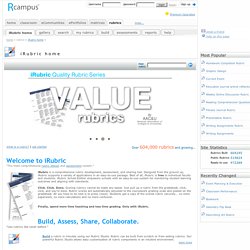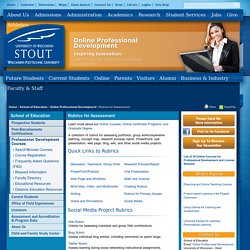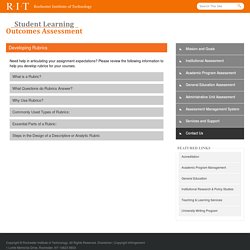

Using The Waterfall Model In Instructional Design: A Guide For eLearning Professionals. Are you looking for a Project Management approach that focuses on in depth analysis and detailed planning to facilitate your Instructional Design process?

If so, then the Waterfall approach might be just what you need. In this article, I'll share 4 benefits of the Waterfall approach in Instructional Design, and I'll highlight each of the 6 steps involved. The Waterfall Model has been used for more than 40 years. Thus, it is a time-tested approach that has been finely tuned over the decades. As its name suggests, this development model centers on a step-by-step design process. 4 Benefits Of Using The Waterfall Model In Instructional Design Cost effective. The Waterfall In Instructional Design This Instructional Design process involves six key stages that takes a linear approach. Needs Analysis Assess the needs of your learners and identify the primary goals and objectives of the eLearning course. At the other end of the Instructional Design spectrum is the Iterative Design approach. Creating a Rubric.
Home of free rubric tools: RCampus. Welcome to iRubric iRubric is a comprehensive rubric development, assessment, and sharing tool.

Designed from the ground up, iRubric supports a variety of applications in an easy-to-use package. Best of all, iRubric is free to individual faculty and students. iRubric School-Edition empowers schools with an easy-to-use system for monitoring student learning outcomes and aligning with standards. Click. Click. Finally, spend more time teaching and less time grading. Build, Assess, Share, Collaborate. "Use rubrics like never before. " It's Free. I just click on the box under each one of these,... and it does all the math for me. "Free? Individual educators and students can use iRubric and a hundreds of other free RCampus features at no charge. iRubric Enterprise Edition. Assessment and Rubrics. Learn more about our Online Courses, Online Certificate Programs, and Graduate Degree A collection of rubrics for assessing portfolios, group work/cooperative learning, concept map, research process/ report, PowerPoint, oral presentation, web page, blog, wiki, and other social media projects.

Quick Links to Rubrics Social Media Project Rubrics Wiki RubricCriteria for assessing individual and group Wiki contributions. Blog RubricAssess individual blog entries, including comments on peers' blogs. Twitter RubricAssess learning during social networking instructional assignments. Discussion, Teamwork, and Group Work Rubrics Online Discussion Board RubricAssessing ability to share perspectives, refine thoughts through the writing process, and participate in meaningful discussionPrimary Grade Self-Evaluation Teamwork Rubric (PDF)Features of a sandwich to graphically show the criteria PowerPoint and Podcast Rubrics A+ PowerPoint Rubric Joan Vandervelde's rubric provides 10 performance categories. Student Learning Outcomes Assessment Office. Rubrics make clear the criteria by which student work will be assessed.

In best practices, rubrics, like other forms of assessment, are part of a cycle of reflection; they evolve based on input from users and the on-going refinement of learning goals and course activities. Criteria that describe the conditions that any performance must meet to be successful. Criteria should describe both strengths and errors (errors should be described particularly in lower levels of performance) A scale of points on a continuum of quality, to be assigned in scoring each level of performance for a piece of work. High numbers are typically assigned to the best work. Standards that specify how well criteria must be met. Descriptors for each level of performance that contain criteria, and standards by which the performance will be judged.
Samples of Indicators/Scales/Achievement Levels Step 1. Step 2. Activities to Boost Student Engagement. Instructional Design Process. Instructional Strategies. Active Learning. Active learning is a process whereby students engage in activities, such as reading, writing, discussion, or problem solving that promote analysis, synthesis, and evaluation of class content.

Cooperative learning, problem-based learning, and the use of case methods and simulations are some approaches that promote active learning. This section provides links to bibliographies, research summaries, articles, and other resources about active learning. Active Learning Continuum This handout graphically represents the relative complexity of different active learning techniques. It also provides brief descriptions for each of the activities on the continuum. Videos of Arthur F. Arthur F. Active Learning for the College Classroom (Paulson and Faust, California State University, Los Angeles, 1998) This article presents a wide variety of active learning techniques that can increase student learning in a lecture course.